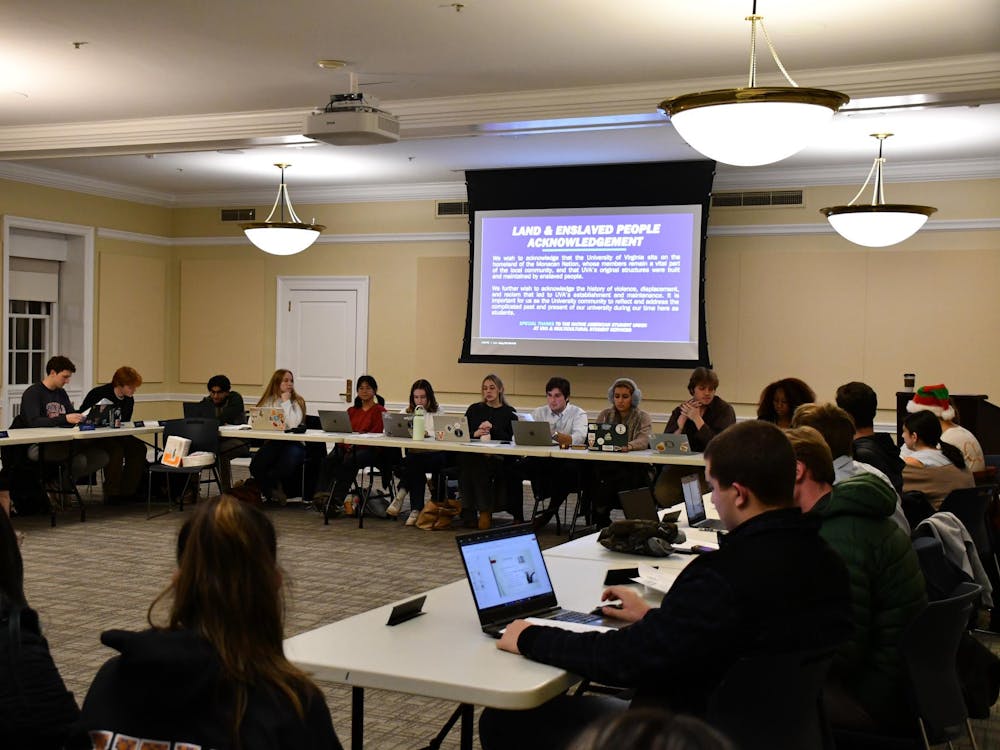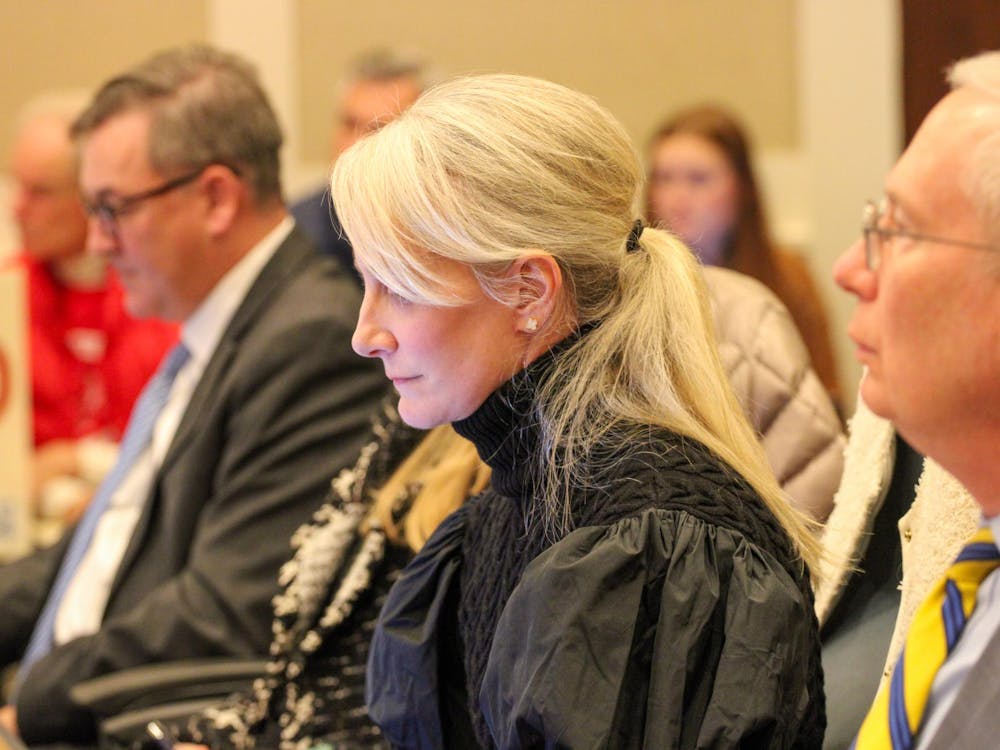WASHINGTON-In contrast to its normal workday scene, Washington, D.C. yesterday was a cross between a police state with rioting and tear gas and a full-out Mardi Gras complete with a parade.
Men dressed as women, police decked in riot gear, women minus their shirts and hippies young and old took the place of professionals and politicians in suits. Meanwhile, the sounds of drums and never-ending chants replaced the droning engines and high-pitched horns of automobiles.
More than 14,000 protestors who flocked to the nation's capitol, including 50 or more University students, were united in their shared protest against the International Monetary Fund and the World Bank. Yet they distinguished themselves by their varied causes and styles of making their voices heard.
The World Bank loans nearly $30 billion annually to countries for development assistance, including restructuring their economic systems. The IMF provides member countries with funds to overcome short-term payment difficulties.
Protestors believe the institutions are unfair to poor and working people and that their involvement in the economies of these nations hurts the health and welfare of the people.
University students attended the protests yesterday as well. First-year College student Katy Bauer said she stepped into traffic with fellow first-year College student Nicholas Graber-Grace to stop police from halting their blockade.
On the whole, students said they were pleased with the progress of the protest.
"This protest is what this country stands for - for liberty and justice for all. We want to be able to salute a flag that means something," Bauer said.
Despite some protestors' optimism, the morning got off to a rocky start when police used tear gas on the protestors who were hoping to delay the commencement of the IMF and World Bank meetings.
The police action came on the heels of the arrests of 600 protestors Saturday evening.
According to Humble County, Calif., resident and protestor Ananda Dass, about eight protestors removed a chain fence from the corner of New York Avenue and 14th Street. They charged up 14th St. with the fence toward oncoming police.
"The police kept charging at us, hitting [us] with their sticks ... They were shooting smoky things at us that made my eyes tear," Dass said.
Police drew mixed reactions from the crowd of protestors.
Angry teenagers threw glass bottles at police, almost inciting another riot, while women whose red shirts read "Viva la Revolucion!" chanted: "To the police, we come in peace; to the banks, we say no thanks." They then placed flowers into the crossed arms of officers holding the line.
Gary Grant, president of the Black Farmers and Agriculturalists Association, said he thought police reactions may have differed if there were more black participants. Grant said white Americans should realize that "when [whites] protest, [the police] use rubber bullets and when we do it, they're real."
But the morning's events were the exception and not the rule, as throughout the day, protests remained largely non-violent.
Protestors linked arms and were even wary of letting the press break the unity of their line. They chanted together and shared food, gas masks and encouragement.
The diversity of groups present increased the perceived clout of the protest. Represented issues included labor rights, environmental protection, globalization of the market economy and AIDS.






